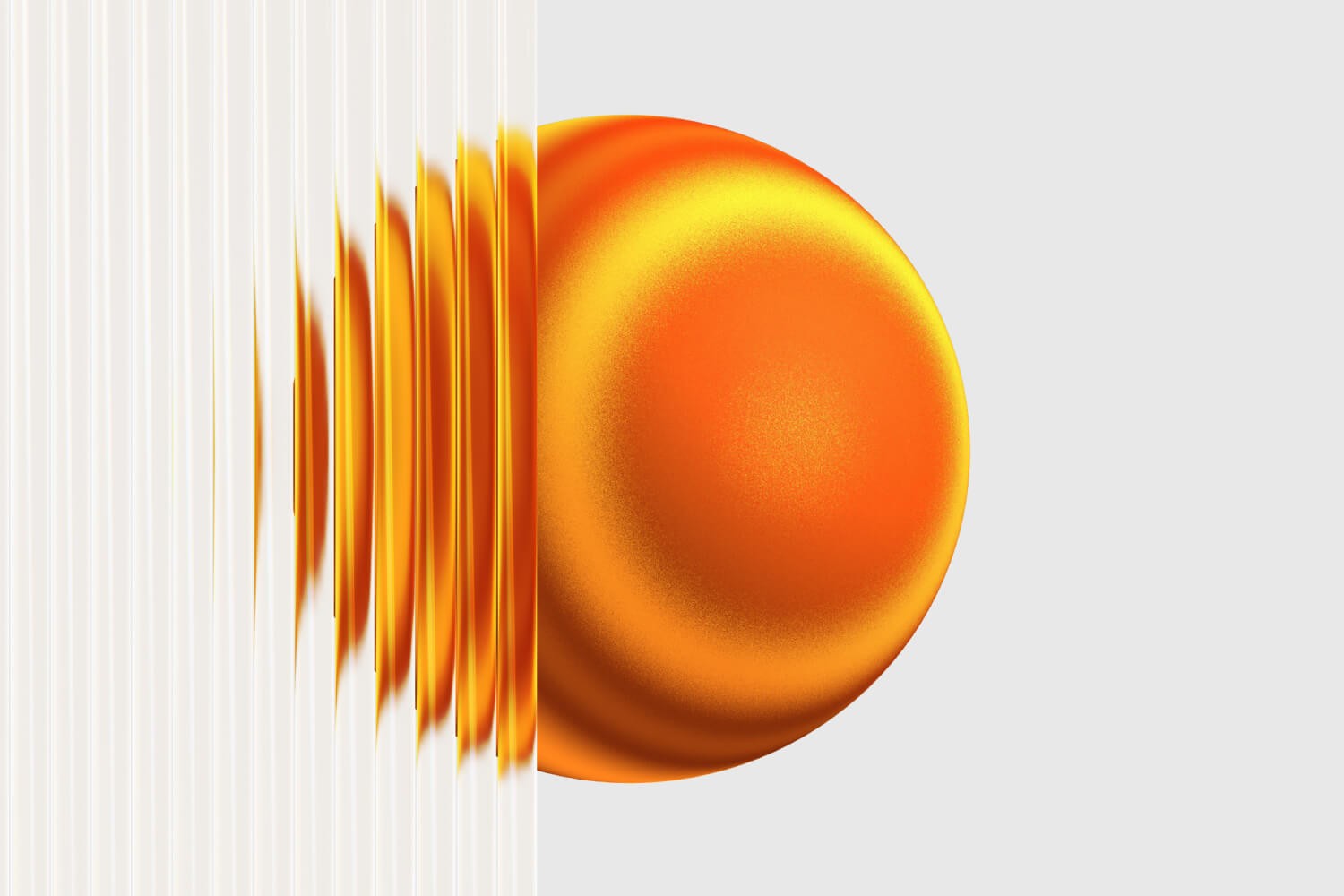Most brands invest in logos, websites, and visuals — but they often skip the one thing that holds it all together: a style guide.
A brand style guide is your reference for how to show up consistently. It keeps your visuals and messaging aligned across every platform and team. Whether you're working with freelancers, expanding your internal team, or creating your hundredth piece of content, this guide ensures your brand always feels like you.
At our agency, we include style guides as part of our process because they protect and extend the value of everything we create. They turn great branding into something scalable.
"A great style guide makes handoffs easier. It reduces the risk of miscommunication. It gives you peace of mind that your brand will be represented properly, even if you’re not directly involved."
What to include in a strong style guide
We typically include:
Logo usage rules and spacing
Brand colour palette with hex and CMYK values
Font hierarchy and how to apply it
Image direction or photography examples
Tone of voice guidance
Do’s and don’ts for messaging
Real-world examples of application
These aren’t just design rules. They’re tools for creative consistency — across your social feeds, your investor decks, your packaging, and beyond.
Our award winning design team builds every guide with usability in mind. It’s not about pages of fluff. It’s about giving your team something they’ll actually use.
A great style guide makes handoffs easier. It reduces the risk of miscommunication. It gives you peace of mind that your brand will be represented properly, even if you’re not directly involved.
If you already have a brand but lack the documentation to back it up, we can help. And if you’re building something new from scratch, we’ll make sure your brand is set up to last.
Ready to turn your visuals and voice into something scalable? Start a project or contact us to begin.





